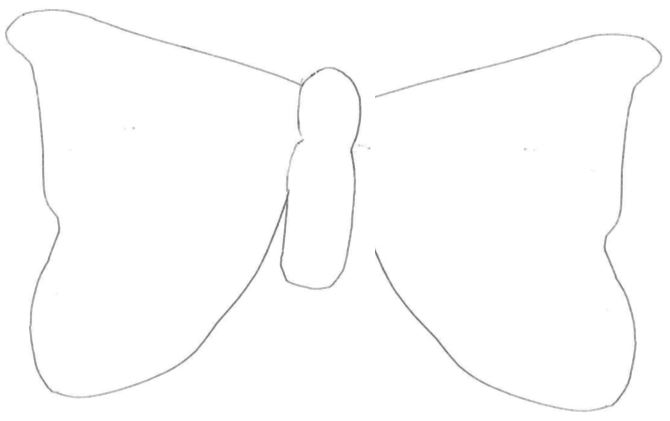Exploring disguise and mimicry camouflage with youth
Help youth explore their world by discovering how animals use disguise and mimicry types of camouflage.

What is camouflage? Understanding the different types of camouflage helps youth strengthen important life, communication and science skills. Observing, interpreting and analyzing data, arguing using evidence and communicating information can all be part of an informal discussion guided by simple questions like, “What is the difference between disguise and mimicry camouflage?”
There are four basic types of camouflage: concealing coloration, disruptive coloration, disguise and mimicry. Challenge youth to think about how using camouflage can help an animal survive in its environment.
Disguise
Disguise is when an animal has coloration designed so it looks like another non-food object in their environment. For example, walking sticks look like a stick when sitting still.
To help youth understand how disguise camouflage works, help them collect a variety of natural materials: leaves, grass, sticks, sand and a pinecone for each youth. Challenge the youth to look around the space and think about how they can use the natural materials to disguise their pinecone. Provide glue and time for youth to disguise their pinecone. Then, have one student take their disguised pinecone outside and place it in plain sight. Once the pinecone is placed, have the rest of the group go outdoors and try to find the pinecone. Repeat until all the disguised pine cones have been found.
Which disguises seemed to work best? Why do you think they worked best?
You can modify this activity by giving the group a limited amount of time to find each pinecone. Those that are not found survived. Ask youth if the survivors had anything in common. What do they think helped some pinecones survive better? How?
Mimicry
Mimicry is coloration in a harmless animal that is similar to another animal that is dangerous, bad tasting or poisonous. The viceroy butterfly looks similar to the monarch butterfly, which tastes bad and is poisonous to many predators. The owl butterfly has large spots that look like an owls eye.
To help youth understand mimircy camouflage, give each youth a copy of the moth below and ask them to color the moth so it looks like it has large eyes or looks like another part of an animal that might scare away predators. Allow for some fun and creativity as the youth create their moths. When everyone is done, ask each youth to share their moth and explain why their moth may be scary to predators.
Camouflage can be a vital tool for an animal’s survival because all animals are part of a food web. They are either the predator or prey. Predators are animals that naturally hunt and eat other animals for food. Prey are animals that are hunted and eaten by other animals. Camouflage can help both predators and prey survive. Ask youth if they think disguise and mimicry camouflage helps predators or prey more. Why?
Michigan State University Extension and the Michigan 4-H Youth Development program help to create a community excited about STEM (Science, Technology, Engineering, and Mathematics). 4-H STEM programming seeks to increase science literacy, introducing youth to the experiential learning process that helps them to build problem-solving, critical-thinking and decision-making skills. Youth who participate in 4-H STEM are better equipped with critical life skills necessary for future success.
To learn more about the positive impact of Michigan 4-H youth in STEM literacy programs, read our 2018 Impact Report: “Equipping Young People for Success Through Science Literacy.”
To learn more about Michigan State University Extension check us out on-line. To learn more about 4-H and Extension opportunities in Alcona County stop by our Harrisville office at 320 S. US 23 or visit us on-line at Facebook Alcona County MSU Extension or at our county website. For more information about 4-H learning opportunities and other 4-H programs, contact your local MSU Extension county office.



 Print
Print Email
Email



